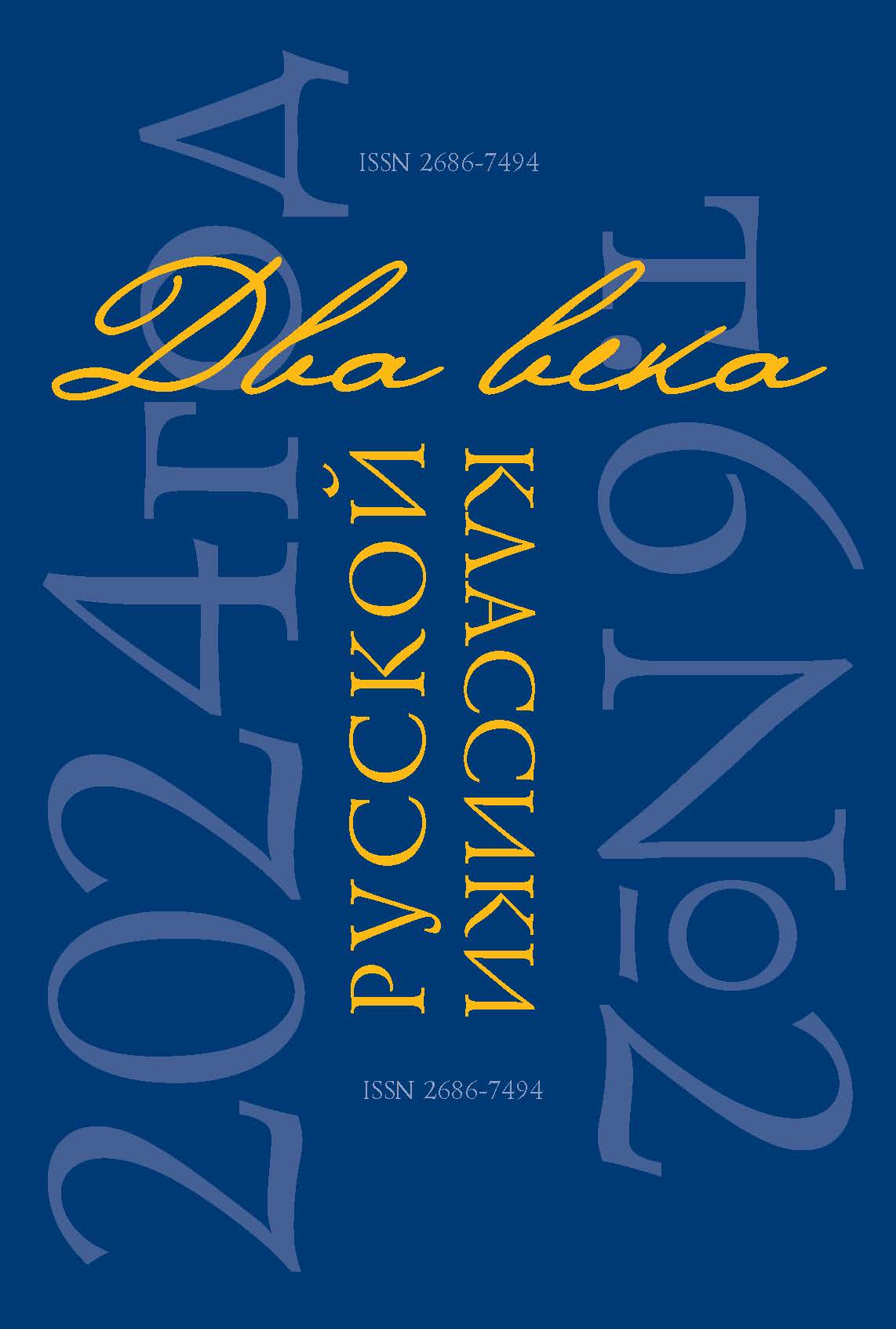Plagiarism takes many forms, from passing off another paper as the author(s) own paper, to copying or paraphrasing substantial parts of another(s) paper (without attribution), to claiming results from research conducted by others.
Plagiarism in all its forms constitutes unethical publishing behavior and is unacceptable.
The journal Two centuries of the Russian classics does not publish plagiarism in any forms — including works containing plagiarism of text, plagiarism of ideas and plagiarism of data.
The Editorial Board of the journal Two centuries of the Russian classics considers the following to be the forms plagiarism:
- use (word for word citing) of any materials in any value without indicating the source;
- use of images, pictures, photographs, tables, diagrams, schemes or any other forms of graphical information presentation without indicating the source;
- use of images, pictures, photographs, tables, diagrams, schemes or any other forms of graphical information presentation published in scientific and popular issues without approving by copyright holder;
- use of the materials without written permission, the authors or copyright holders of which don’t permit use of their materials without special approvement.
The Editorial Board of the journal Two centuries of the Russian classics considers the following to be the forms of incorrect borrowing:
- absence of graphical highlighting of literal text citation when there are references to the source;
- incorrect references (incomplete bibliographic description of the sources, which prevents their identification;
- reference not to the first source of the borrowed text without clear indication of this fact (mistake in primary source determination);
- absence of references from the text to the sources enumerated in the list below the article.
Only original works are acceptable for publication in journal. The journal Two centuries of the Russian classics does not allow any forms of plagiarism.
If the authors have used the work and/or words of others, that this has been appropriately cited or quoted.
The journal is using “Antiplagiatˮ software for plagiarism detection in all Russian-language manuscripts.
In the case of the discovery of multiple incidents of content matching, the editorial staff acts in accordance with the rules of COPE, https://publicationethics.org/resources/flowcharts-new/what-do-if-you-suspect-plagiarism.









